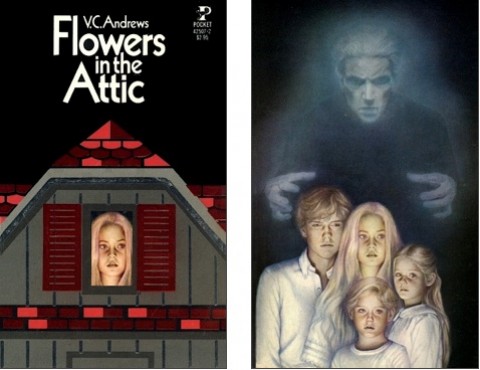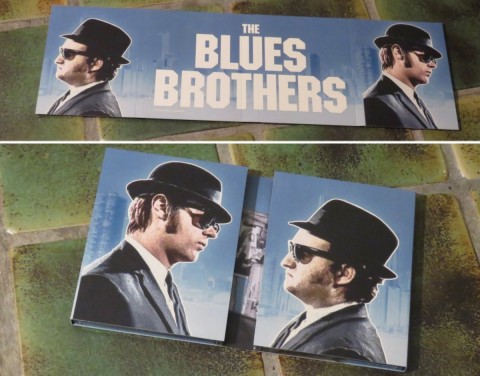
The following is an excerpt from “Strategy & Tactics for Boosting Direct Mail Response,” published by Direct Marketing IQ. Learn more here.
If you rely on direct mail to bring in business, you’ve probably had a bumpy ride the last couple of years. There are signs the economy is starting to rebound, but it’s still a little scary out there. I don’t recommend you run and hide as some businesses are doing now, but I do recommend a little caution when mailing.
Just as customers are more prone to avoid risk in these uncertain times, you should try to avoid unnecessary risk in your marketing efforts. This is the perfect time to remind yourself of a few basic principles that drive direct-mail marketing.
1. Sell things people want
In general, direct marketing is not about creating markets but locating existing markets. It’s a business-to-buyer avenue of selling that is streamlined, efficient and profitable — but only when a market wants what you are offering. For example, a few decades ago only hard-core geeks would buy a computer by mail. Computers were neither understood nor wanted by the general public. Now, such purchases are common because a wide market exists.
2. Sell solutions to problems, not products
No one cares about your widgets. What they care about are their own needs and wants. Bob doesn’t want a drill, he wants a hole. Mary doesn’t want a dress, she wants to look thin at the party this Friday. Alice doesn’t want an investment newsletter, she wants to find a great investment that will let her retire at 45. Ted doesn’t want a recipe book, he wants new ways to impress his friends at dinner parties and generate the compliments he thrives on.
3. Appeal to emotion first, reason second
Most direct marketers are number-crunching, logical people. It’s easy for us to fall into a cold, left brain, bullet-pointed, 714-reasons-why type of sales pitch. However, people make decisions in the right brain based on emotion. Then they justify that decision with logic. To set up a sale, appeal to emotion first. Then, to close and confirm the sale, use logic.
4. Use proven techniques
While there is no set of universal techniques for all circumstances, there are a few that are nearly universal. According to Bob Stone, the guru of gurus in direct marketing:
- A yes/no offer usually out-pulls offers without a no option.
- A negative-option offer usually out-pulls a positive option offer.
- An offer with a time limit usually out-pulls an offer with no time limit.
- An offer with a free gift usually out-pulls discount offers, especially when the gift closely matches your prospect’s self-interest.
- Sweepstakes usually increase order volume, especially for impulse items (though sweepstakes customers will not be loyal).
- Benefits out-pull features.
- The more involved you can get people, and the more they read, the greater your chance for success.
- Envelope packages usually out-pull self-mailers.
5. Value content over form
One of the primary reasons advertising fails is that ad creators often get caught up in a creative vision without having anything to say. One agency has repeatedly sent me mock-ups of mailers and brochures with tiny blank spaces it wants me to fill in with copy. When I ask about the purpose of the piece or point out that the design should be based on what needs to be communicated, I am gently told to just write something the right length and everything will work out fine. This is nonsense. Don’t start with a “look,” start with content. Allow your design to develop naturally from your copy.
6. Make sure you’re doing direct marketing
Every direct-marketing message includes three basic elements:
1. an offer;
2. enough information for immediate acceptance of the offer; and
3. a mechanism for responding to the offer.
Without each of these, you are not doing direct marketing but merely using a medium associated with direct marketing.
7. Consider two-step sales
There are two basic ways to make a sale in direct marketing:
1. the single shot, where you get an immediate order; or
2. the two-step, where you generate inquiries and attempt to convert those inquiries into sales.
If your product is expensive, complex, new, hard-to-understand, or requires a major commitment of some kind, two-step sales may net you more profit in the long run than single shots.
I don’t know if we’ll ever again see the glory of direct mail days gone by, but maybe that’s a good thing. Maybe the market forces at work right now will encourage all of us to get back to direct mail basics and remind us how to be more effective and efficient.
—————













